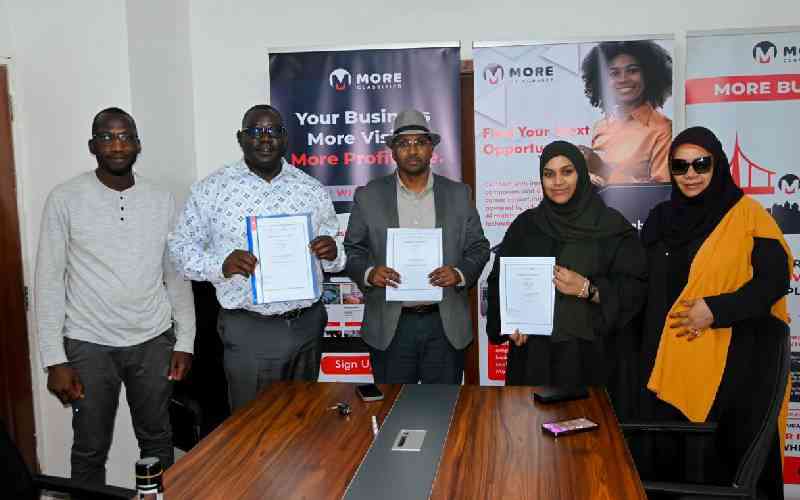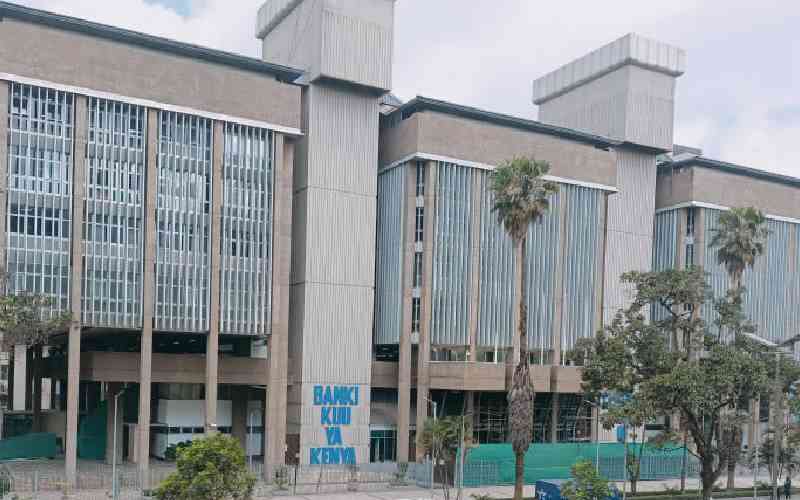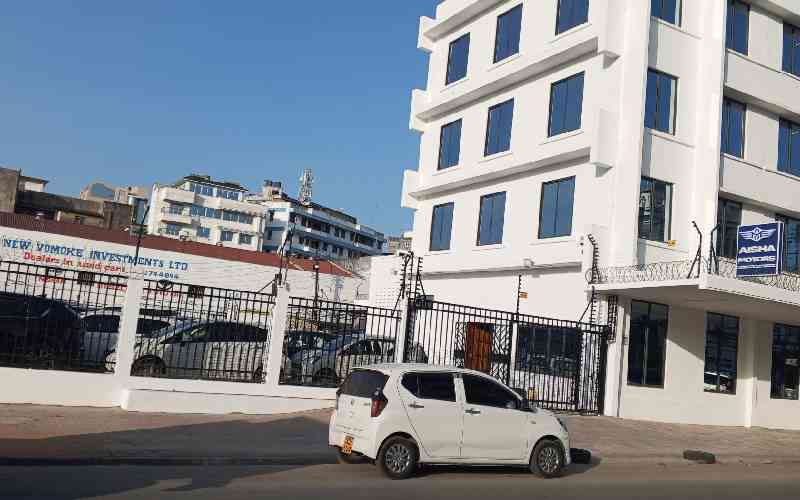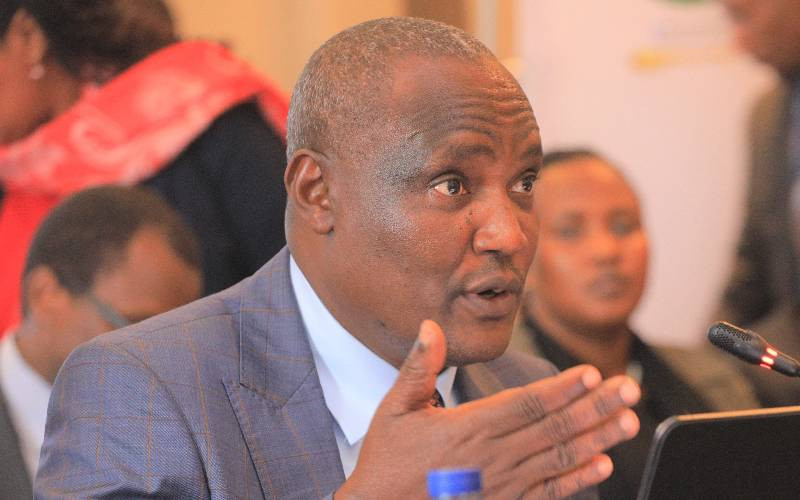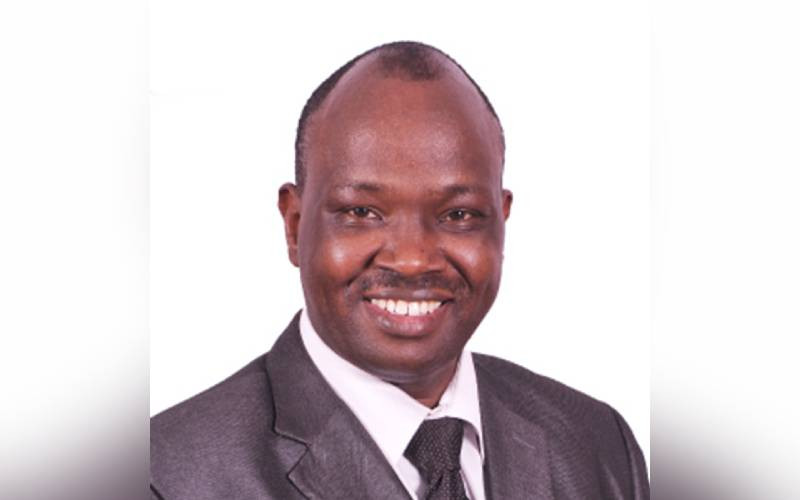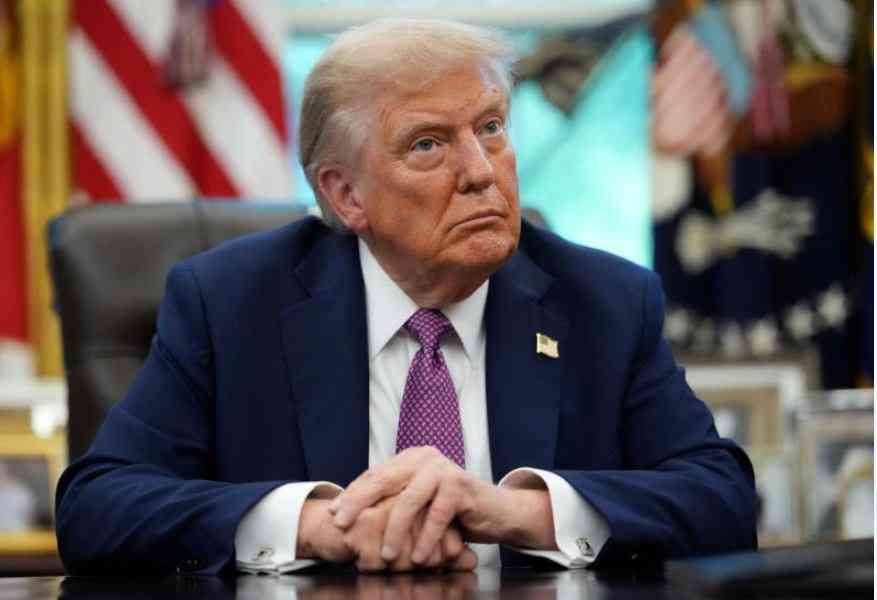
Today's launch of the Kenya-World Bank Group (WBG) Country Partnership Framework offers an opportunity to revisit Kenya's long-term development trends. It is also an important opportunity to take stock of the country's longstanding engagement with the WBG since it became a republic in 1964.
The last 59 years have seen Kenya attain some key achievements including the highest Human Capital Index in continental sub-Saharan Africa, a dynamic and diversified private sector, leadership in digital innovation and critical improvements in infrastructure development. The last two decades have seen robust economic growth, and today Kenya is rebounding from the Covid-19 pandemic and is on the right path to becoming an upper middle-income country (UMIC). However, three challenges remain along this path: Productivity, equity and resilience.
